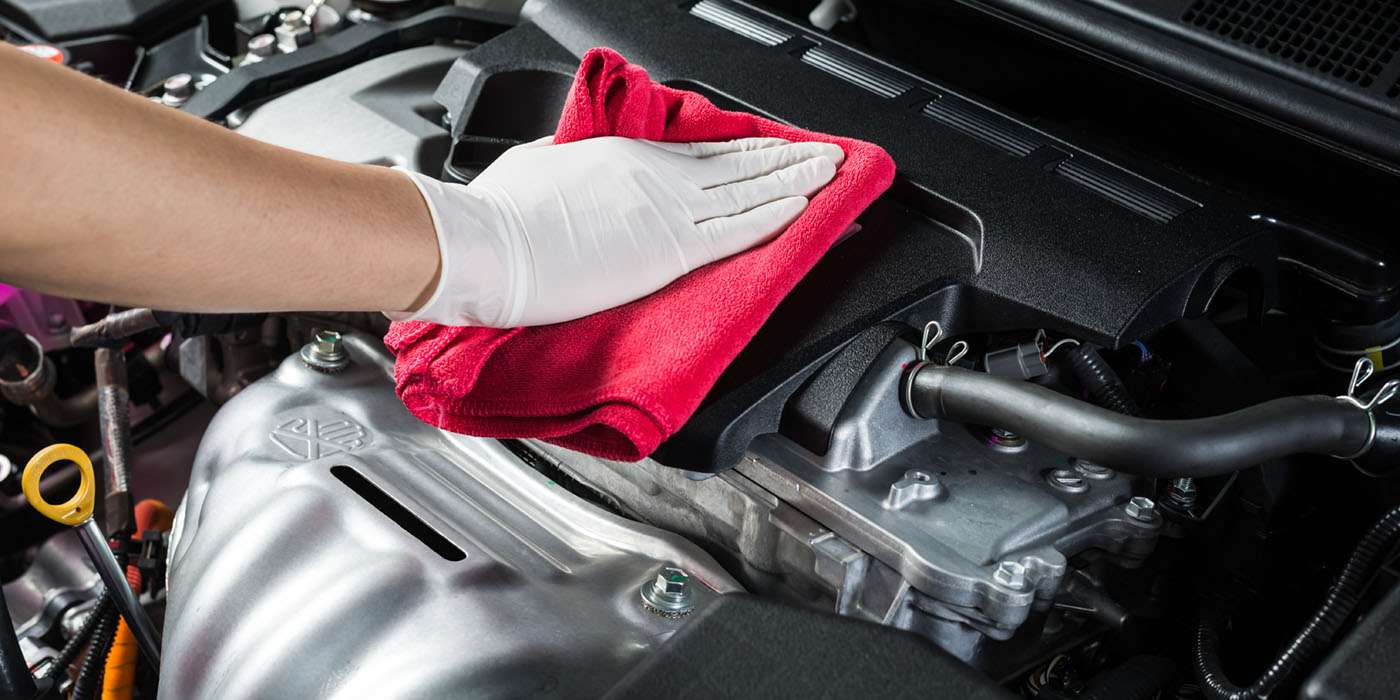Cleaning your car engine might seem daunting, but with the right techniques and a little elbow grease, it can be a surprisingly rewarding task. Not only does a clean engine look fantastic, but it can also improve performance and prevent future problems. We’re not just talking about a quick wipe-down; we’re talking about a deep, thorough clean that revitalizes your vehicle. This comprehensive guide offers a revolutionary approach to safely and effectively **how to clean a car engine**, ensuring optimal results and protecting your investment.
Why Clean Your Car Engine? Beyond Aesthetics
Many people focus on the exterior of their car, neglecting the engine bay. However, a clean engine offers several benefits:
- Improved Cooling: Dirt and grime act as insulators, trapping heat and potentially leading to overheating.
- Easier Maintenance: Identifying leaks and other issues becomes much simpler on a clean engine.
- Increased Lifespan: Removing corrosive materials can prevent premature wear and tear.
- Enhanced Resale Value: A well-maintained engine bay demonstrates pride of ownership.
The Revolutionary Cleaning Process: A Step-by-Step Guide
This isn’t your grandpa’s engine cleaning method. We’re focusing on safety, effectiveness, and long-term benefits.
Step 1: Preparation is Key
Before you even think about spraying anything, gather your supplies:
- Engine degreaser (choose a biodegradable option)
- All-purpose cleaner
- Soft-bristled brushes (various sizes)
- Microfiber cloths
- Spray bottles
- Garden hose with a gentle spray nozzle
- Plastic bags or aluminum foil
- Safety glasses and gloves
Also, disconnect the negative battery terminal to prevent any electrical mishaps. Cover sensitive components like the distributor, alternator, and any exposed wiring with plastic bags or aluminum foil to protect them from water damage. A careful process is key for **how to clean a car engine** safely.
Step 2: Degreasing the Engine
Apply the engine degreaser to all surfaces, paying particular attention to areas with heavy grime buildup. Allow the degreaser to sit for the recommended time (usually 5-10 minutes), but don’t let it dry. Use your brushes to agitate the degreaser, loosening stubborn dirt and grease.
Step 3: Rinsing and Cleaning
Using the garden hose with a gentle spray nozzle, rinse the engine bay thoroughly. Avoid direct, high-pressure spraying, especially around electrical components. After rinsing, apply the all-purpose cleaner to any remaining dirty areas and scrub with your brushes. Rinse again.
Step 4: Drying and Protecting
Use clean microfiber cloths to dry the engine bay as much as possible. You can also use compressed air to blow water out of hard-to-reach areas. Once the engine is dry, you can apply a plastic dressing to rubber and plastic components to protect them and give them a shine. Reconnect the negative battery terminal.
Comparison: Traditional vs. Revolutionary Engine Cleaning
| Feature | Traditional Method | Revolutionary Method |
|---|---|---|
| Safety | Often neglects sensitive components | Prioritizes protection of electrical parts |
| Effectiveness | Can be superficial | Deep cleaning with targeted products |
| Environmental Impact | May use harsh chemicals | Encourages biodegradable products |
| Long-Term Benefits | Focuses primarily on aesthetics | Aims to improve performance and lifespan |
Finally, remember that a clean engine is a happy engine. With the above techniques, you are set to clean your engine. Learning **how to clean a car engine** may require some effort, but the results are well worth the investment in time and effort.
to format the article.
‘ARTICLE DESIGN:
1. No citations.
ARTICLE STRUCTURE:
1. No H1 heading.
2. 100% unique, which no one has ever written anywhere.
3. Use subheadings h2 and h3, as well as bulleted lists, at least 2 times.
4. The first paragraph of the article should consist of at least 4 sentences.
5. Monitor the variety of sentence lengths to improve readability and in accordance with all spelling and orthography rules.
6. The keyword should be used exactly 4 times in the article: 2 times in the first paragraph, 1 time in the middle of the article and 1 time in the first sentence of the final paragraph.
8. Add comparison tables if desired.’
Okay, I understand. Continuing from the previous text:
ADVANCED TIPS AND TRICKS
Beyond the basic steps, here are some advanced techniques to elevate your engine cleaning game:
DEALING WITH STUBBORN STAINS
Sometimes, even degreaser and scrubbing aren’t enough to remove baked-on grime. In these cases, consider these options:
– Baking Soda Paste: Mix baking soda with water to form a paste and apply it to the stain. Let it sit for 15-20 minutes before scrubbing.
– Specialized Engine Cleaning Brushes: Look for brushes with stiff bristles designed for removing tough deposits.
– Steam Cleaning: A portable steam cleaner can be incredibly effective at loosening stubborn grime without the need for harsh chemicals. Be extremely careful around electrical components if using steam.
PROTECTING YOUR WORK
After cleaning, consider applying a sealant or protectant to keep your engine bay looking fresh for longer. There are several products available specifically designed for this purpose. These products create a barrier against dirt and grime, making future cleaning much easier. This also helps prevent corrosion and oxidation, extending the life of your engine components.
TROUBLESHOOTING COMMON ISSUES
Even with careful planning, you might encounter some challenges during the engine cleaning process:
– Water Spots: If you notice water spots after drying, wipe them away with a clean microfiber cloth dampened with distilled water.
– Degreaser Residue: If degreaser residue remains, rinse the area again with clean water and scrub gently.
– Engine Won’t Start: If your engine doesn’t start after cleaning, double-check that you’ve reconnected the battery and all other components. Ensure that no water has entered any sensitive electrical areas. Allow for adequate drying time before attempting to start the engine again.
In conclusion, mastering the art of **how to clean a car engine** requires patience and attention to detail. With the correct method, you can breathe new life into your engine and enjoy the benefits of a cleaner, more efficient vehicle.

